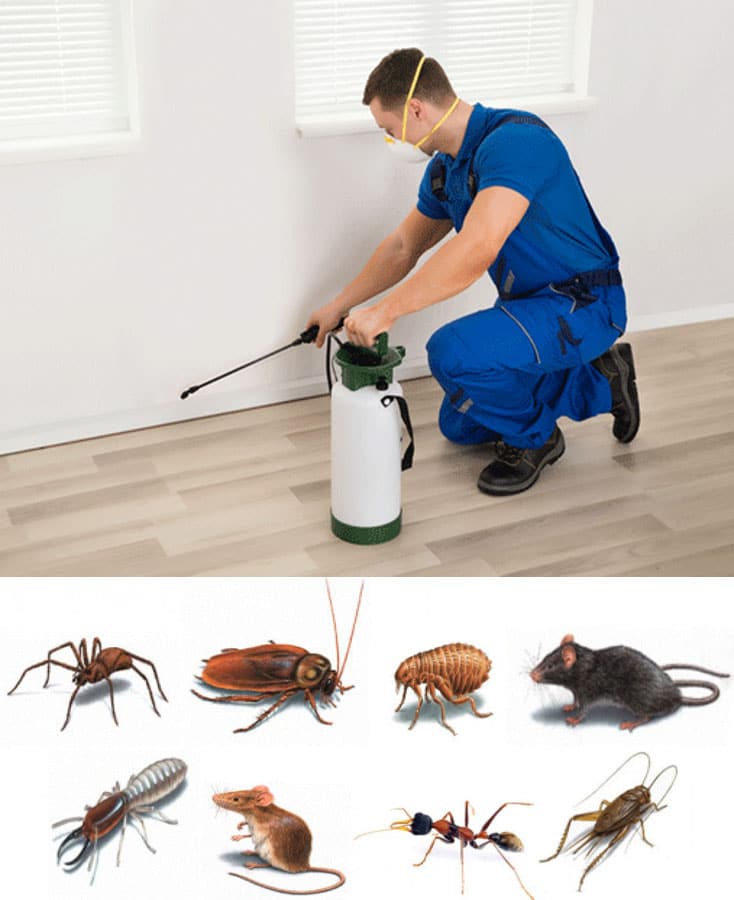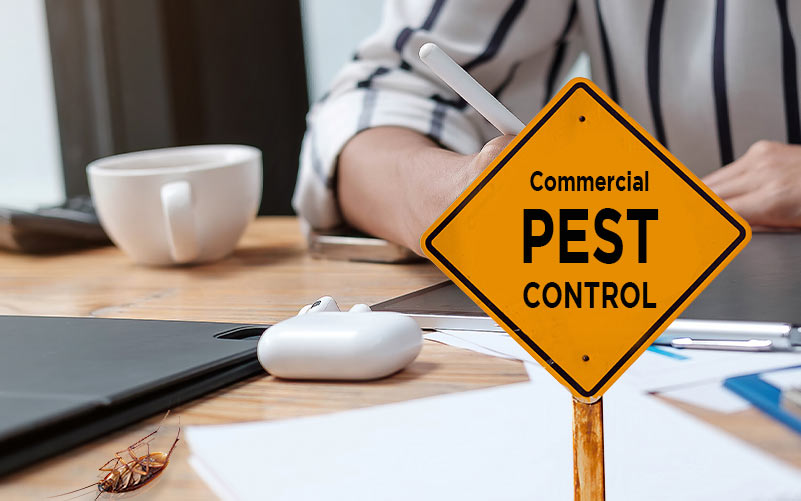Relied On A1 Exterminator Charlotte NC - Comprehensive Pest Solutions
Bed Insect Therapy Break Down: Contrasting Chemical Vs. Non-Chemical Solutions
In the world of pest control, specifically when handling the consistent concern of bed bugs, the choice between chemical and non-chemical treatment options can be a crucial one. Both approaches offer unique advantages and disadvantages, affecting variables such as effectiveness, safety considerations, and overall expense. By checking out the nuanced information of each approach, a clearer understanding of which path to pursue in attending to a bed pest infestation can be obtained.
Performance of Chemical Treatments
Chemical therapies for bed bug infestations have been commonly identified for their powerful and rapid efficacy in removing these bugs. When considering the efficiency of chemical treatments, it is vital to recognize that they can provide a extensive and quick service to a bed bug problem. Specialist pest control experts usually rely upon pesticides to target bed insects at different stages of their life process, including adults, eggs, and fairies. These chemicals usually work by disrupting the bed pests' anxious system, leading to paralysis and ultimate death.
Moreover, chemical therapies have the benefit of providing recurring impacts, suggesting that they can continue to remove bed bugs also after the preliminary application. This recurring action is especially beneficial in combating any type of potential re-infestations. Furthermore, the quick action of chemical therapies can bring alleviation to individuals dealing with extreme bed insect problems, allowing them to gain back control of their home rapidly.
Security Worry About Chemical Solutions
One important element that needs cautious factor to consider when using chemical options for bed insect therapy is making sure the security of residents and the setting. While chemical therapies can be effective in eradicating bed bugs, they might present dangers if not dealt with properly. Among the key safety and security worry about chemical options is the prospective damage they can trigger to human health. Direct exposure to particular chemicals utilized in bed bug treatments can result in respiratory issues, skin irritation, or various other negative responses, particularly in individuals with pre-existing problems or sensitivities. In addition, incorrect application or dosage of chemical pesticides can cause harmful deposits remaining in the treated location, presenting long-lasting wellness dangers to residents.
Moreover, the environmental effect of chemical services is one more substantial consideration. Some pesticides utilized in bed pest treatments may be unsafe to advantageous bugs, wild animals, and communities if they seep right into the soil or water systems. It is crucial to utilize chemical therapies judiciously, following safety and security guidelines, and thinking about much less toxic choices to mitigate these threats and ensure the efficient and safe monitoring of bed bug infestations.
Benefits of Non-Chemical Methods
Thinking about the prospective safety and security problems and ecological influence linked with chemical remedies for bed pest therapy, discovering non-chemical strategies offers an encouraging choice with numerous unique advantages. Non-chemical methods use a more secure choice for families, particularly those with pet dogs, people, or kids conscious rough chemicals. These methods remove the dangers of his comment is here exposure to harmful materials, minimizing the possibility for adverse health and wellness results. Additionally, non-chemical therapies are ecologically friendly, as they do not add to air or water contamination, making them a sustainable selection for insect control.
Furthermore, non-chemical services can be reliable in targeting bed pests, including hard-to-reach locations where chemical treatments may not permeate. Methods such as warm therapy, vacuuming, steam cleansing, and mattress coverings provide detailed eradication without the use of harmful chemicals. Moreover, non-chemical methods can be much less turbulent, needing minimal preparation and permitting quicker reentry into treated areas. In general, choosing non-chemical bed pest therapy methods not just prioritizes security and environmental defense yet likewise makes certain detailed and reliable parasite control.
Limitations of Non-Chemical Treatments

Additionally, non-chemical therapies frequently call for multiple applications to achieve successful eradication. This can be lengthy and might not constantly assure full removal of all bed bugs and their eggs, specifically in hard-to-reach or surprise areas.
Additionally, the success of non-chemical treatments greatly relies upon appropriate application and thoroughness, which can be testing for individuals without expert competence. Insufficient application of non-chemical techniques may result in incomplete eradication, resulting in persistent problems and the requirement for added therapies.
As a result, while non-chemical therapies have their advantages, it is necessary to acknowledge these constraints and consider them when figuring out the most efficient strategy for taking care of bed insect invasions.
Price Comparison: Chemical Vs. Non-Chemical Options
Provided the restrictions connected with non-chemical treatments, a crucial aspect to examine in the context of bed pest management is the cost contrast between chemical and non-chemical options. In contrast, non-chemical treatments like warm treatment or steam can be more expensive, with costs ranging from $1,000 to $6,000 for a whole home. While the preliminary price of Web Site chemical therapies may seem reduced, numerous therapies might be required to fully remove the problem, possibly raising the overall cost.
Final Thought

Thinking about the possible safety and security concerns and environmental effect connected with chemical remedies for bed bug treatment, exploring non-chemical methods provides an encouraging choice with several distinct benefits.Provided the restrictions linked with non-chemical therapies, a crucial aspect to assess in the context of bed insect administration is the expense contrast in between chemical and non-chemical choices. In contrast, non-chemical treatments like warm therapy or heavy steam can be more expensive, with expenses varying from $1,000 to $6,000 for a whole home. While the initial expense of chemical treatments might appear reduced, multiple treatments might be called for to fully eliminate the problem, possibly enhancing the general expense.In final thought, when contrasting chemical and non-chemical bed pest treatment choices, it is crucial to consider effectiveness, safety, benefits, constraints, and price.